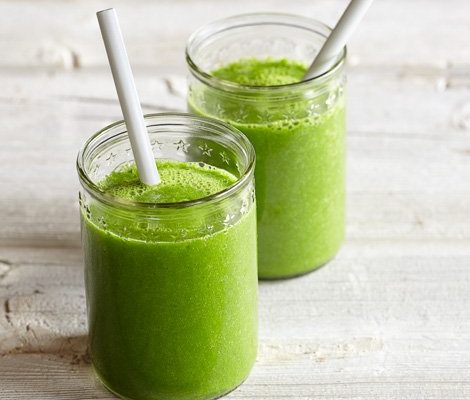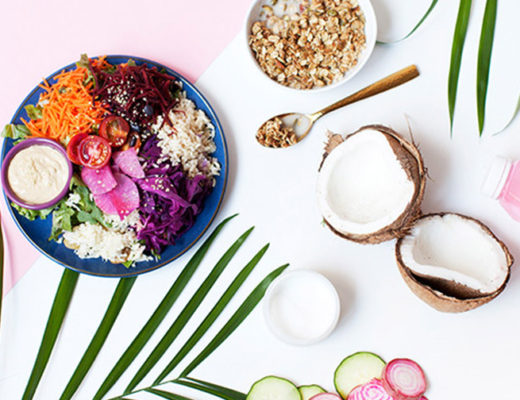You see and you hear about fiber every time you open a magazine, turn on the TV and walk down a grocery store aisle these days. It’s certainly making a come back, mostly because of Tanya Zuckerbot and her popular F-Factor diet.
Old school thought was that a high-fiber diet was something to worry about when your senior citizen discount became available. But now we are beginning to embrace that that fiber is a super important part of a healthy diet for anyone.
Just Exactly Why is a High Fiber Diet so Important?
If you pay attention to the fiber buzz, you know that fiber keeps our hearts hearty and (ahem), our bowels “regular.”
Dietary fiberis the part of plant foods that your body cannot digest. It’s classified into two categories: the kind that doesn’t dissolve in water (insoluble fiber) and the type that does (soluble fiber).
Soluble fiber soaks up water like a sponge and turns into a gel-like consistency during digestion; it slows the process of digestion and helps your body absorb nutrients.
This is why you feel full for a longer period of time after eating a high fiber meal versus a fiber-less one (ah ha!). Soluble fiber also helps to lower blood cholesterol and manage blood sugar levels.
Most soluble fiber also are known as prebiotics. Prebiotics feed the healthy bacteria of your gut and this may help improve your immune system, digestive health and aid in calcium absorption. Prebiotics help the good bugs, which is why you still need probiotics.
Insoluble fiber, on the other hand, helps to speed up foods going through the body and bulks up your poop. (Sounds gross, but it kind of acts as a scrub brush going through your intestines).
A healthy diet rich in insoluble fiber is often touted as the best way to lose weight or maintain a healthy weight. It also helps in preventing constipation and reducing the risk of colon cancer.
How Much Fiber?
It’s important to know how much fiber you need, so you can be aware if you’re getting the right amount. Men need about 30 to 38 grams per day and women need about 21 to 25 grams. If your food has a label, you can check out the amount of fiber listed and add up your daily intake fairly easily. However, many of the best places to get fiber comes from healthy foods without labels such as fruits and veggies.
Try to get most of your fiber from vegetables, fruits and whole grains, not gg crackers. I know they are trending but they are rather low in nutritional value, not to mention that they taste like cardboard! If you like them, have them in addition to a healthy diet, not as a meal source. Start adding in more fiber slowly, so as not to overload your system and bind you up. You will also start to notice you feel fuller longer!






No Comments